3 Steps to Selecting the Right Fitness Plan
So you want to get in shape. I see it all the time, gym bag in hand, iPod fully loaded, and a workout that looks like something you’d expect if Richard Simmons and Hulk Hogan got together to teach a yoga class.
You have guts, determination, and the Rocky theme in your head. The only thing missing: a fitness plan. Before stepping foot on the treadmill, let’s talk about three things you need to do to get results.
1. Know your body type
2. Evaluate your nutrition
3. Set a goal
Step 1: Know your body type.
Knowing your body type will allow you to address the specific obstacles you’ll face while working to reach your fitness goals. Once you know your body type, you can structure your nutrition and exercise to best suit your needs.
— Ectomorph: Are you small-framed with longer arms and legs, prone to accumulating fat in your mid section but not your legs? Can you wrap your thumb and middle finger around your wrist and easily touch your fingertips together, even overlap? You’re an ectomorph. You may be lower in body fat but struggling to gain muscle. Most ectomorphs will need more calories to make substantial muscle gains. Generally, add in this order: Assure that adequate (and possibly a bit more) protein needs are met. Then, begin liberally adding complex carbohydrates and a little healthy fat. If you still are not seeing gains, try adding more good fats if you’re too full to consume more carbohydrates. If you’ve identified yourself as an ectomorph but still have weight to lose, consider incorporating resistance training to help you maintain lean mass while thinning out.
— Mesomorph: Did you have an athletic build in high school? Not too skinny or stocky, you know, the Goldilocks zone, just right? You set some athletic records in high school and still think of yourself as an athlete even though you’ve gotten a little soft around the middle? Probably a mesomorph. Change it up. Want to build muscle? Fine, do it for a while, then switch it up. Get your body used to extra calories and carbs for recovery, then scale back and watch the body fat melt off. If you want to do it in reverse, cut back on your calories or carbs until you stop seeing changes in your body, and then gradually increase both food intake and training intensity. You’ll pack on some new muscle.
— Endomorph: Were you were bigger and stronger than most the kids in grade school, but running was never your thing? By high school, you already began equating the word “metabolism” with various profanities. Endomorph. Gains in the weight room come easy, but so do gains around your waistline. You have a solid muscular foundation. If weight loss is your goal, you’ll likely have to be more diligent about monitoring your intake than the other body types, eating fewer calories and carbs than someone of similar height and weight of a different body type. Be consistent and include plenty of aerobics in your day-to-day activities, like walking, climbing stairs, and hiking.
Step 2: Evaluate your diet
Start by keeping a detailed food log for three days. If you bite it, you write it. Food logging alone can go a long way toward rooting out poor nutritional habits. Ultimately, the best way to predict what nutritional approach will work for you is to evaluate your current eating habits. If you aren’t particularly savvy about nutrition, use an online calculator (such as FitDay or Calorie King). Take special note of your approximate calories and carbohydrates and view them as dials you can use to rev your metabolism up or scale your intake back. Small increases to your intake can help when trying to build muscle, while calculated restriction results in shedding unwanted body fat. Nutrition is at least 75 percent of the battle, and you can’t out-train a poor diet.
Step 3: Set a goal
It needs to be a real goal. Something you can measure and stay committed to. Just saying you want to “get fit” or “tone up” doesn’t commit you to anything specific and leaves the door open to bowing out before you see measurable results. Be specific. If your primary goal is weight loss, then choose an additional performance-based goal that supports your goal of weight loss. Running a 5k or signing up for a triathlon are both great examples of performance-based goals that will also help you drop pounds. Bumping up your bench press or doing more pull-ups is a great choice for someone trying to build muscle. Don’t make the mistake of failing to select a performance goal. By itself the scale can be deceptive, unable to discern composition improvements and additional muscle. However, making progress toward a carefully-selected, performance-based goal will be empowering and motivational.
Putting it together
Now we’re ready to head out and create the new you, this time with goals clearly laid out, body type well understood, and nutrition to back you up. With the demands of daily life already vying for space in our busy schedules, having the right fitness plan is worth our due diligence. In future posts we’ll examine the exact dos and don’ts of creating your new body.

